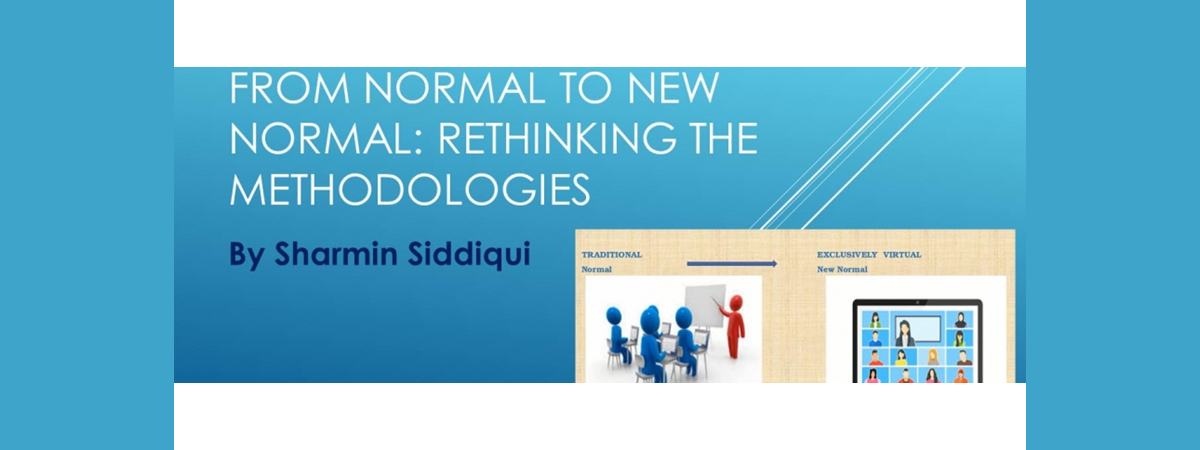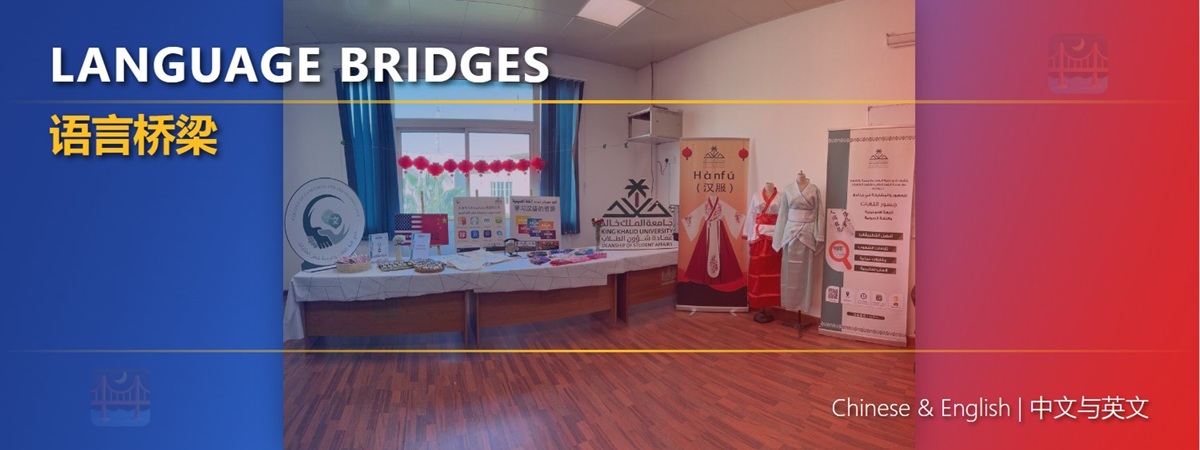
From Normal to New Normal: Rethinking Methodologies
On January 27, 2021, the Language Research Center at King Khalid University hosted a thought-provoking webinar featuring a presentation by Ms. Sharmin Siddiqui. Siddiqui presented her research paper titled "From Normal to New Normal: Rethinking Methodologies," elucidating the significant shift in teaching methodologies brought about by the COVID-19 pandemic.
Siddiqui began by tracing the origins of the term 'New Normal' to the 2007-2008 financial crisis, drawing parallels with the drastic educational transformation during the COVID-19 pandemic. She detailed how traditional classroom teaching methodologies had to adapt swiftly as virtual learning became the sole means of education. The abrupt shift required professionals to reassess conventional pedagogical mindsets and acquire new skills compatible with emergent online teaching techniques.
Siddiqui went on to commend the successful transition to online teaching at King Khalid University, which stood in stark contrast to many educational institutions worldwide that had to indefinitely halt their activities. She noted that the faculty and students at King Khalid University were able to maintain effective and successful communication through virtual teaching.
The webinar also offered a comparative overview of two prevalent learning management systems, Moodle and Blackboard. While acknowledging the necessity of virtual platforms during the pandemic, Siddiqui highlighted certain limitations of exclusively online teaching and urged educators to reevaluate their teaching methodologies. Citing a case study, she affirmed that learners could achieve equivalent academic outcomes when provided with the same learning materials, teacher quality, and resources as in traditional learning environments.
However, Siddiqui pointed out some challenges associated with virtual classrooms, including difficulties in addressing individual learning styles and interests. She also discussed the heavy reliance on lecturing in online education and how the absence of communicative gestures could hinder rapport building with students. In addition, she mentioned the need to reassess absenteeism criteria in the virtual setting and raised concerns about the validity of certain types of online testing.
Concluding her presentation, Siddiqui offered several recommendations for enhancing virtual instruction. She suggested that teachers should adopt a mix of synchronous and asynchronous communication modes to facilitate successful collaboration with students. To encourage learner engagement and attendance, she proposed incorporating incentive-based assessments at the end of each session.
The webinar concluded successfully, marked by engaging interactions and active participation from faculty members of both genders, underscoring the shared commitment to adapting and thriving in the new normal of virtual education.
